#realistic animal and botany portraits
Explore tagged Tumblr posts
Text
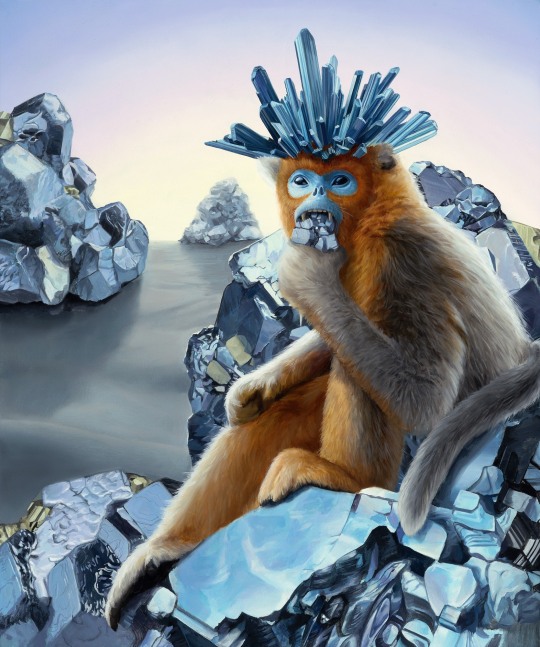
Jon Ching’s “Terra Brio”
“Terra Brio” consists of nine new oil paintings featuring Jon’s vibrant, realistic animal and botany portraits with a focus on core elements such as gems, crystals, minerals and the elements.
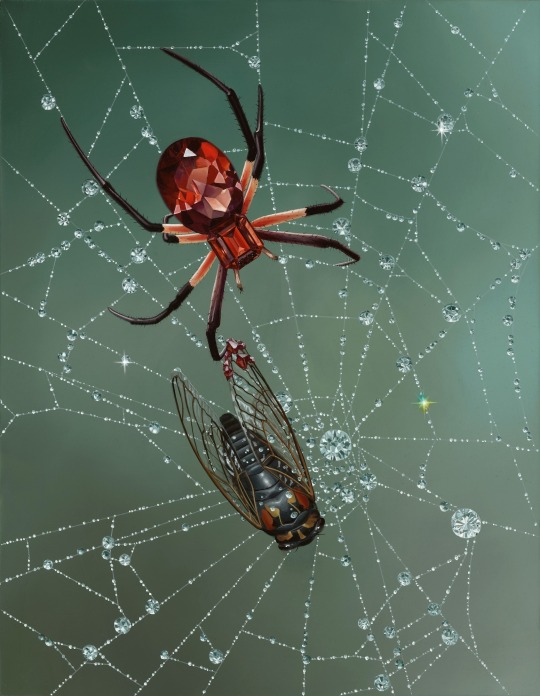
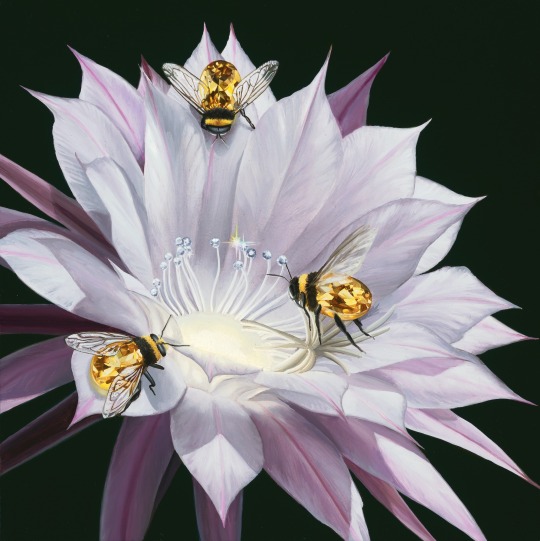


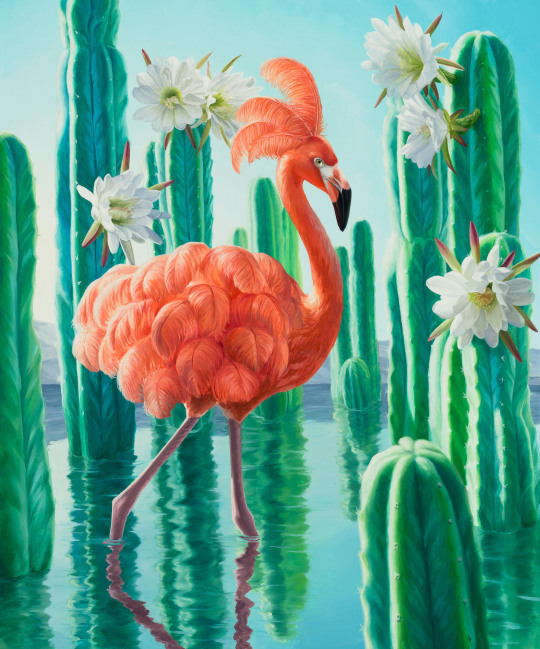
1 note
·
View note
Text
Jon Ching's "Terra Brio"
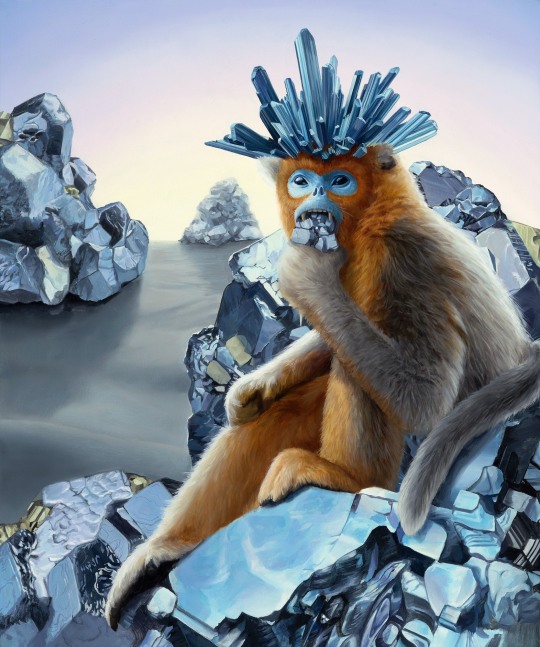
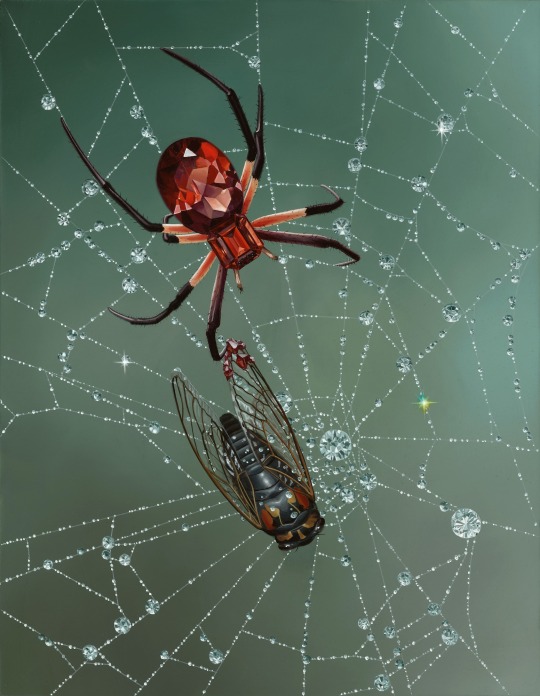
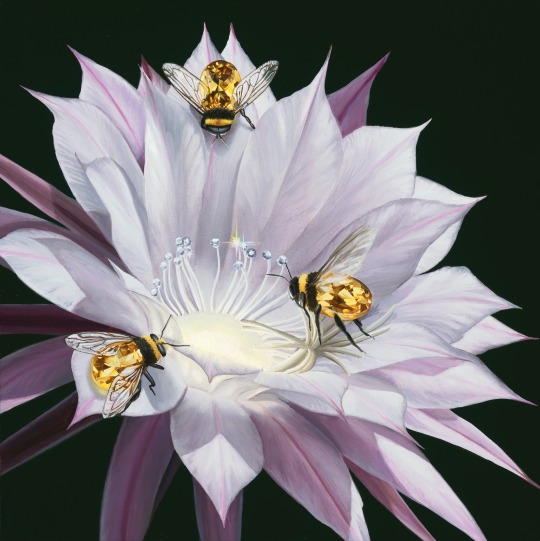

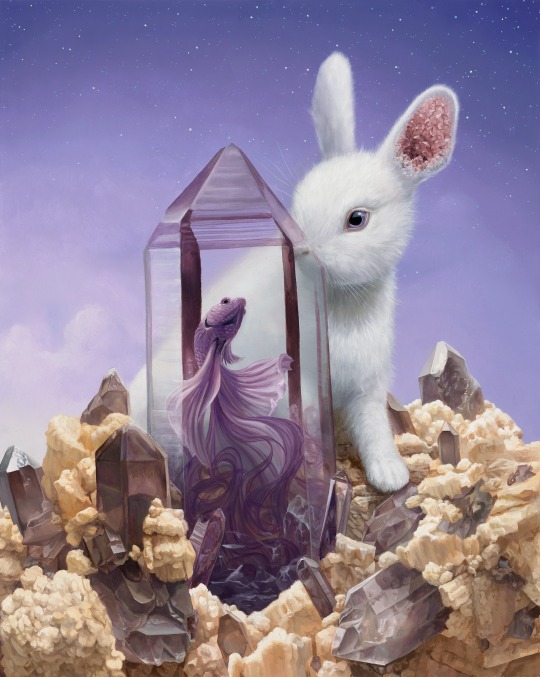
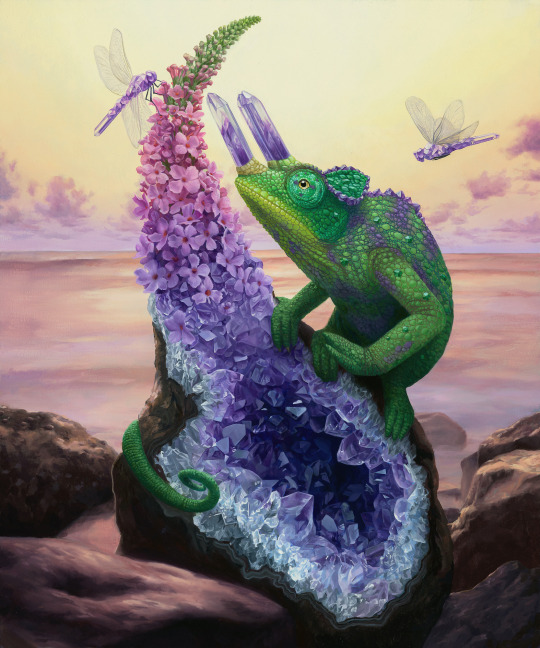
Currently on view at Haven Gallery in Northport, New York is artist Jon Ching's solo exhibition, "Terra Brio."
"Terra Brio” consists of nine new oil paintings featuring Jon's vibrant, realistic animal and botany portraits with a focus on core elements such as gems, crystals, minerals and the elements. Essentially building blocks of our planet, and core components of existence, these ingredients are key to our world and life itself. Ching expands his artistic focus to go beyond incorporating the visually common characters in our natural world and challenges himself and his viewer to take in and appreciate often overlooked aspects of creation.

THE SUPERSONIC ART SHOP | FOLLOW ON INSTAGRAM
83 notes
·
View notes
Text
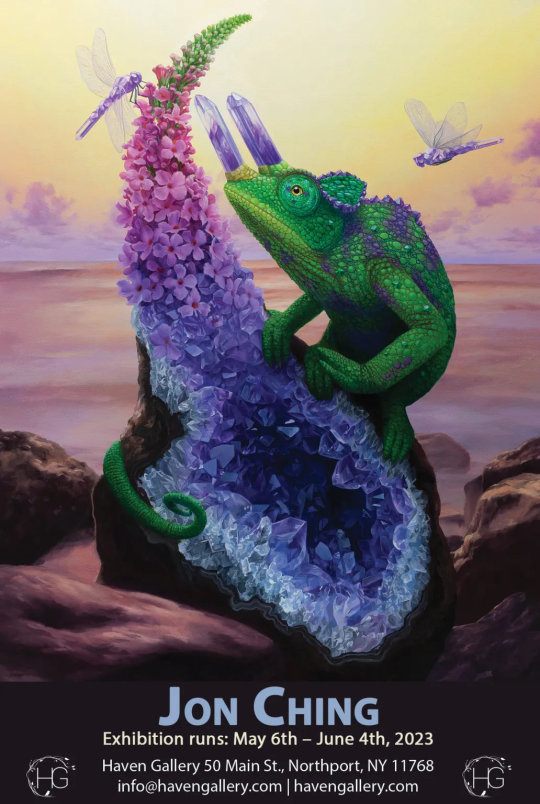

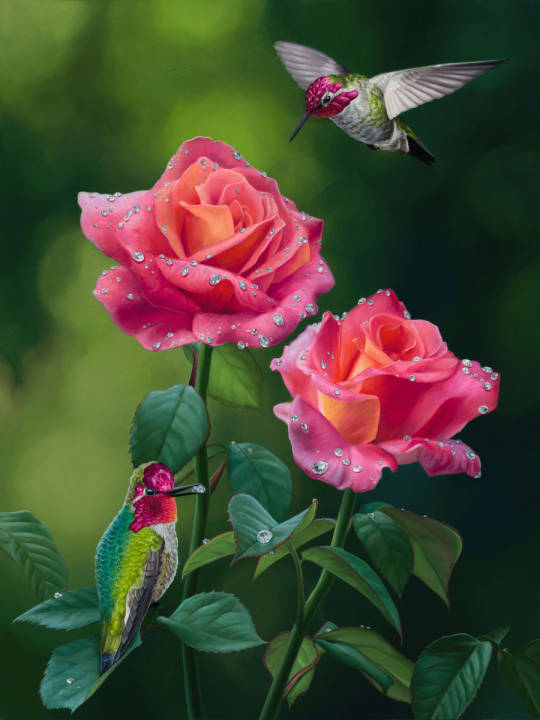
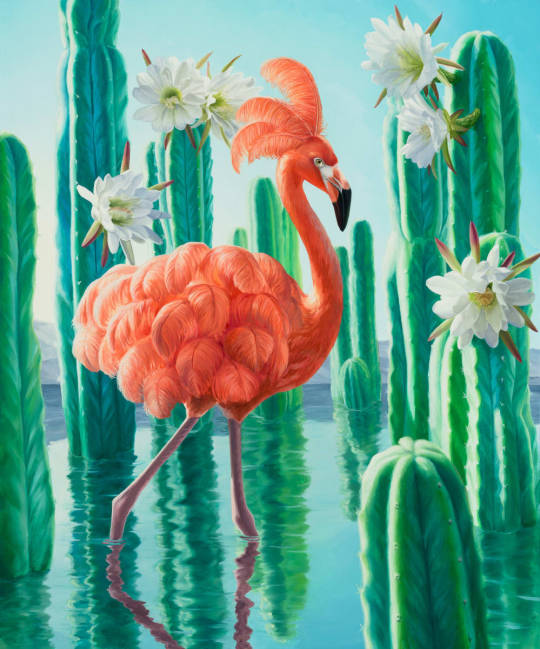
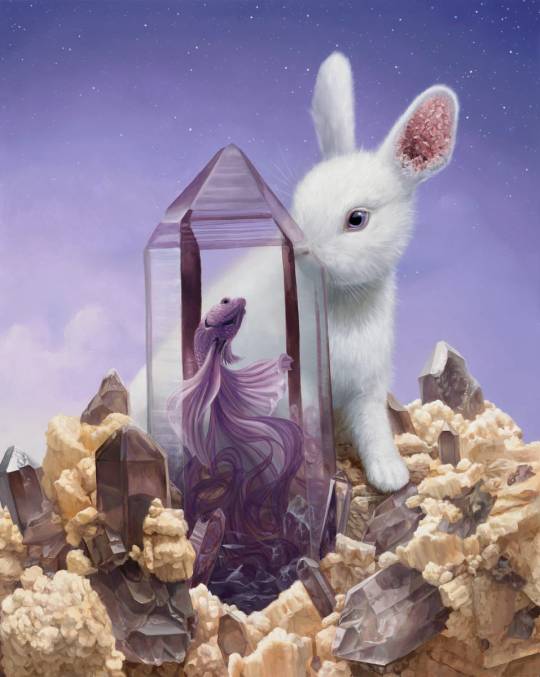
Haven Gallery presents 'Terra Brio', a solo art exhibition of works by Jon Ching, featuring tnine new oil paintings featuring his vibrant, realistic animal and botany portraits with a focus on core elements such as gems, crystals, minerals and the elements.
The exhibition is on display until June 4 2023 at Haven Gallery, 50 Main St, Northport, NY 11768, open to the public by appointment only for viewing the art safely with Covid precautions, and on the Haven Gallery website.
#Art#Haven Gallery#Jon Ching#Exhibition#Art Show#Gallery Show#Original Art#No AI#New Contemporary Art
5 notes
·
View notes
Text
Rachel Ruysch (3 June 1664 – 12 October 1750) was a Dutch still-life painter from the Northern Netherlands. She specialized in flowers, inventing her own style and achieving international fame in her lifetime. Due to a long and successful career that spanned over six decades, she became the best documented woman painter of the Dutch Golden Age.
Rachel Ruysch was born on 3 June 1664 in The Hague to the scientist Frederik Ruysch and Maria Post, the daughter of the architect Pieter Post. Her father was also a professor of anatomy and botany and an amateur painter. He had a vast collection of animal skeletons, and mineral and botany samples which Rachel used to practice her drawing skills. At a young age she began to paint the flowers and insects of her father's collection in the popular manner of Otto Marseus van Schrieck. Working from these samples Rachel matched her father's ability to depict nature with great accuracy. Later, as Rachel became more accomplished, she taught her father (and also her sister, Anna Ruysch) how to paint.
In 1679, at age fifteen, Ruysch was apprenticed to Willem van Aelst, a prominent flower painter in Amsterdam. His studio in Amsterdam looked out over the studio of the flower painter Maria van Oosterwijck. Ruysch studied with van Aelst until his death in 1683. Besides painting technique he taught her how to arrange a bouquet in a vase so it would look spontaneous and less formalized. This technique produced a more realistic and three-dimensional effect in her paintings. By the time Ruysch was eighteen she was producing and selling independently signed works. She would also have known and consorted with the flower painters Jan and Maria Moninckx, Alida Withoos, and Johanna Helena Herolt-Graff, who all were about her age and who worked for the horticulturist Agnes Block and who, like her father, also worked with the plant collectors Jan and Caspar Commelin.
In 1693 she married the Amsterdam portrait painter Juriaen Pool, with whom she had ten children. Throughout her marriage and adult life she continued to paint and produce commissions for an international circle of patrons. Other women at this time were expected to participate in art forms more traditionally practiced by women, such as sewing and spinning. Ruysch continued working as a painter after she married, mostly likely because her contribution to the family's income allowed them to hire help to care for their children.
Ruysch died in Amsterdam on 12 October 1750. After her death, despite changing attitudes about flower paintings, Ruysch has maintained a strong reputation.
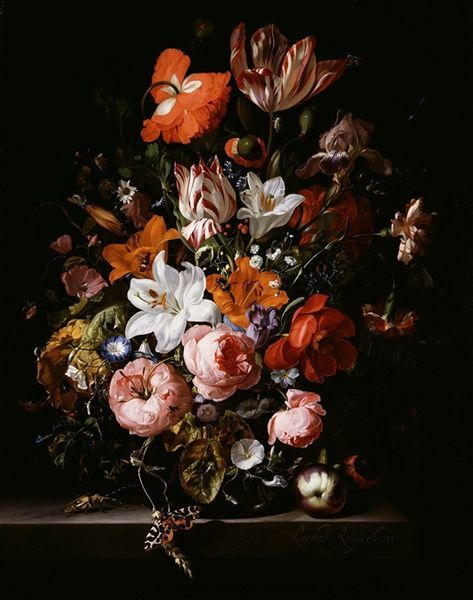
Rachel Ruysch (Dutch, 1664–1750)
Flowers in a vase on a stone slab, 1704, Detroit Institute of Arts
Oil on canvas
61 notes
·
View notes